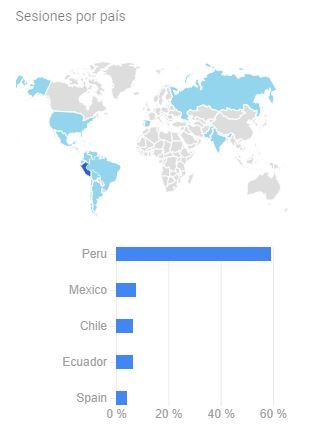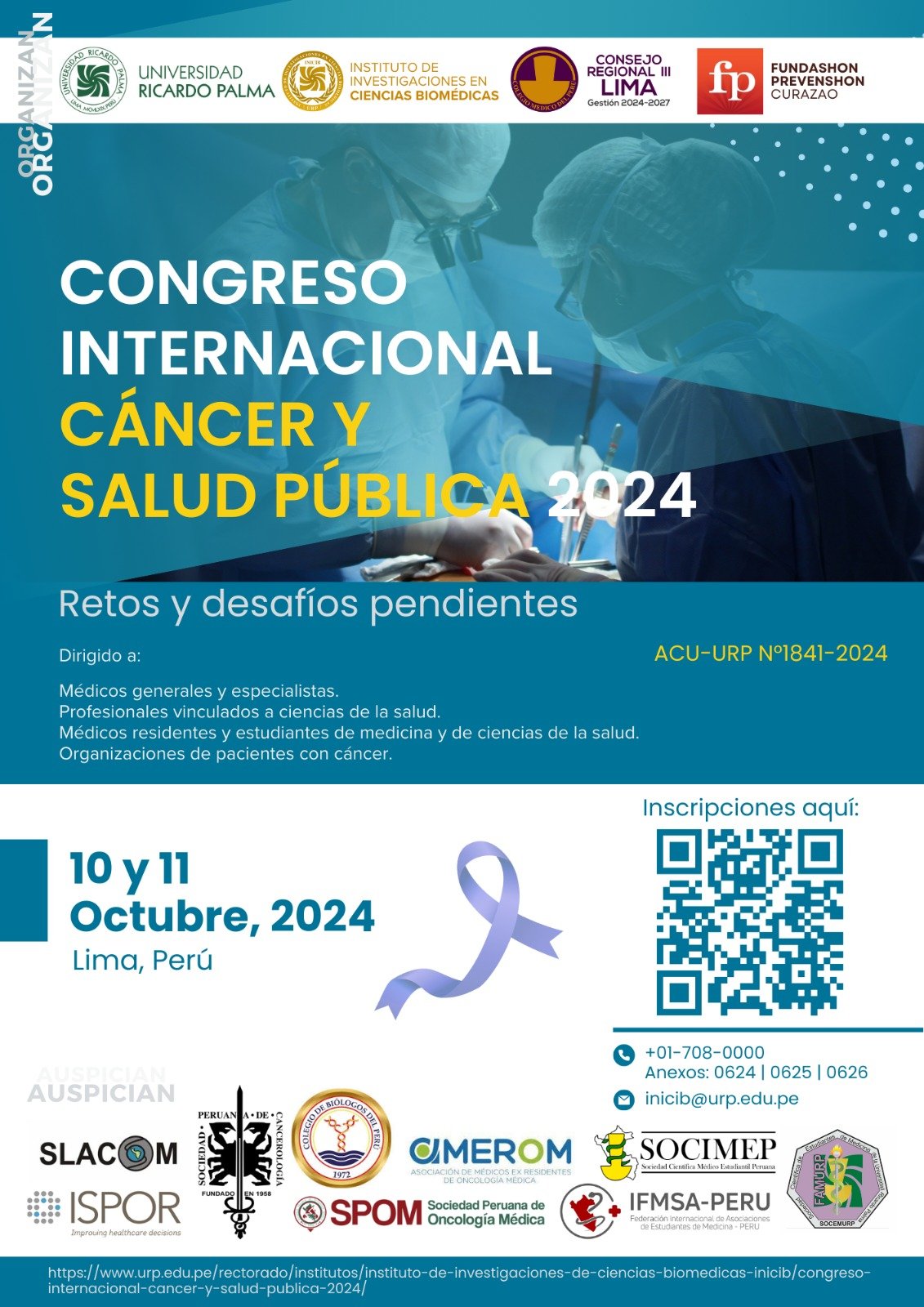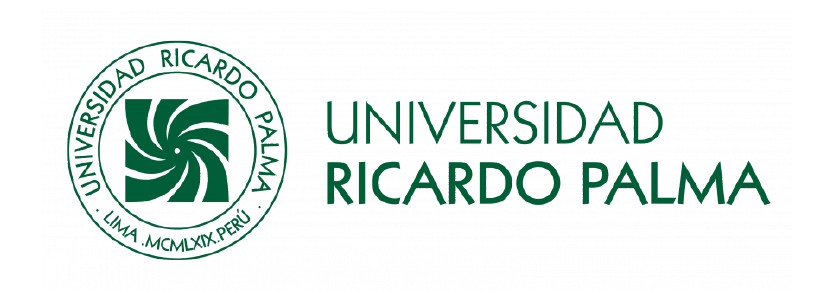Assessment of the mechanism of payment capitated in the peruvian seguro integral de salud.
Evaluación del mecanismo de pago capitado en el seguro integral de salud del Perú
DOI:
https://doi.org/10.25176/RFMH.v19i3.2168Keywords:
Impact, Payment Mechanism, Capitated, Pre Post, Sanitary Results, Intermediate results, Payment mechanisms, Difference in differences, Health results, Public insurance systemAbstract
Objective:To Assess the impact of the capitated payment mechanism, implemented by the ComprehensiveHealth Insurance (SIS), in the execution of resources from the source of financing, donations and transfers,during the years 2012 to 2016, Peru. Methods:Assessment of the execution percentages of the regions, thenumber of preventive benefits versus the number of recuperative benefits and the impact on the increaseof preventive care in the pilot regions versus the counterfactual regions was measured. A retrospectivedescriptive study was carried out pre post and difference of differences between the pilot regionsApurímac, Amazonas, Ayacucho, Callao and Huancavelica compared with a counterfactual paired by theHuman Development Index; In addition, the regions of Moquegua, Loreto, Puno, Cajamarca and Huánucowere considered. Results:An increase in the average percentage of execution was observed, prior to thecapitated mechanism, from 68.5% in 2012 to 92.3% in 2016; likewise, the increase at the national levelof preventive benefits versus recuperative benefits, with the specific weight of preventive benefits beinginvested in favor of them and, using the difference in differences method, it was evident that the pilotregions had a positive difference of 1551 preventive benefits for every 10,000 insured persons versus thecounterfactual regions.
Downloads

Downloads
How to Cite
Issue
Section
License
Copyright (c) 1970 Revista de la Facultad de Medicina Humana

This work is licensed under a Creative Commons Attribution 4.0 International License.



































